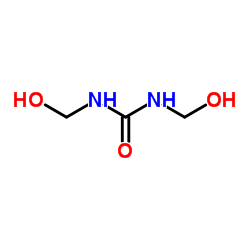Whole-genome regression and prediction methods applied to plant and animal breeding.
Gustavo de Los Campos, John M Hickey, Ricardo Pong-Wong, Hans D Daetwyler, Mario P L Calus
Index: Genetics 193 , 327-45, (2013)
Full Text: HTML
Abstract
Genomic-enabled prediction is becoming increasingly important in animal and plant breeding and is also receiving attention in human genetics. Deriving accurate predictions of complex traits requires implementing whole-genome regression (WGR) models where phenotypes are regressed on thousands of markers concurrently. Methods exist that allow implementing these large-p with small-n regressions, and genome-enabled selection (GS) is being implemented in several plant and animal breeding programs. The list of available methods is long, and the relationships between them have not been fully addressed. In this article we provide an overview of available methods for implementing parametric WGR models, discuss selected topics that emerge in applications, and present a general discussion of lessons learned from simulation and empirical data analysis in the last decade.
Related Compounds
| Structure | Name/CAS No. | Molecular Formula | Articles |
|---|---|---|---|
 |
Dimethylolurea
CAS:140-95-4 |
C3H8N2O3 |
|
Structure and Characterization of Eriphia verrucosa Hemocyan...
2015-12-01 [Mar. Biotechnol. 17 , 743-52, (2015)] |
|
Urinary excretion and metabolism of miglustat and valproate ...
2016-01-05 [J. Pharm. Biomed. Anal. 117 , 276-88, (2015)] |
|
Reactivity and enantioselectivity in the reactions of scalem...
2004-04-30 [J. Org. Chem. 69(9) , 3076-86, (2004)] |
|
The determinants of efficiency in the Canadian health care s...
2016-01-01 [Health Econ Policy Law 11 , 39-65, (2015)] |
|
Novel 3-O-carbamoyl erythromycin A derivatives (carbamolides...
2013-03-15 [Bioorg. Med. Chem. Lett. 23(6) , 1727-31, (2013)] |